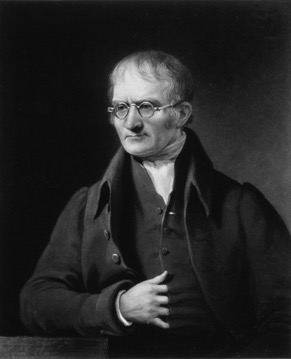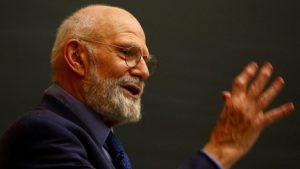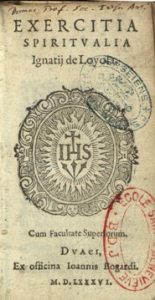“Our Anomalous Vision”

After writing about watching in black and white with sudden bursts of colour last week, I realise how ableist I am. How easily I have fallen into a stance of what is “normal” for me must surely be just as fine and as clear for the rest of the world? Except for all the millions who are not like me at all, for so many reasons, but especially the way they see, think, hear, speak, comprehend, and believe.
I find some comfort in de Saint Exupéry’s Little Prince, who assures me: “It is only with the heart that one can see rightly; what is essential is invisible to the eye.” True “seeing” comes from somewhere else.

Oliver Sacks (1933 – 2015). Source: NPR’s “Frech Air”
This is when I turn to Oliver Sacks for insight, that remarkable neurologist and writer who died in 2015. From him I learned about achromatopsia: extreme or total colour blindness, and a more common form, once known as daltonism, the inability to distinguish (mostly but not exclusively) red from green.
This condition was named after the eighteenth-century-born Quaker, scientist, and atomic theoretician, John Dalton (1766-1844). In his 1794 essay about his own experience of vision impairment, Extraordinary Facts Relating to the Vision of Colours with Observations, John Dalton organized his thoughts and, yes, his observations, in three sections.

Exercitia spirituallia Ignatij de Loyola (Douai: Ex officia Ioannis Bogardi, 1586) Source: Special Collections, St. Louis University Library
Together, this trinity of inquiry strikes me as a kind of simplified Examen to use during this reflective, analytical opportunity that we call Lent.
Here are the titles of his three sections:
I: Of my own vision
Here, Dalton writes with scientific clarity. He writes about experience, not conjecturally, but in precise, technical detail. This is an exploitation of how to look into the what.
II: An account of others whose vision has been found similar to mine
This is Dalton the scientist, researching the body of available literature to ensure that his “selfie” case-study, is neither quirky nor unique, but something factual that can be backed-up by empirical data. This is an exploration of who else shares this experience.
III: Observations tending to point out the cause of our anomalous vision
This is Dalton looking for root causes and clear analytical explanations for this experience in the reassurance that he is clearly not alone. This is his research into why we feel compelled to do what we do in our explorations and investigations.
Those three simple questions – What? Who? Why? – offer an interesting format for framing my 2019 exploration of Lent.
As I dig deeper into it, what, then, is my actual experience of this time of reflection and preparation?
Who else is engaged in this Lenten process? What do I know of them? What ought I to know? How can find out? It’s good to know I am in the company of so many others.
And why am I actually doing this during this particular Lent? What explains, motivates, and causes me to approach it this way in this particular year?
As I continue to work through these questions in the days of Lent that remain, although it certainly requires focussed attention, I am comforted that I don’t have to go to the kinds of extremes that Dalton and Sacks took in their investigations.
In his will, John Dalton donated his eyes for medical research, in the anticipation that ophthalmologists might be able to use them to “see” the same way that he did, if only they could find a way to look through them.
And Oliver Sacks travelled to a small island in the Pacific Ocean, Pingelap, to live with and study an isolated community with a strangely high incidence of hereditary colour blindness, only to be startled by what he heard: they spoke to him about their experiences in rich, colourful, vibrant, and strongly visual language.
This Lent, I find myself shifting from the question in that shepherd’s carol, “Do you hear what I hear?” to a more penitential question: “Can I really see what others can?”




Christopher Rupert
Posted at 01:14h, 12 AprilThank you for this reality check-point.
Peter Bisson, SJ
Posted at 03:28h, 12 AprilThank you Kevin!